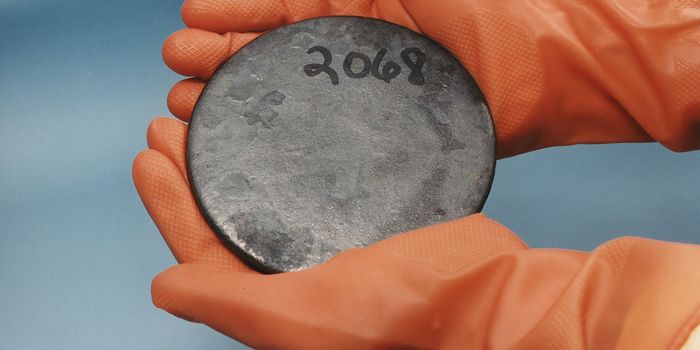Space Exploration's Newest Breakthrough: Hovering Rover Propelled by Ionic Propulsion
Many of us played with magnets when we were children, and for some, it was the first scientific principle we learned. Magnets contain positive and negative charges— when the opposite charges are brought close together, they attract, and when similar charges are brought together, they repel — easy enough.
New research from the Massachusetts Institute of Technology has harnessed this principle to create a rover that can hover on airless planets like the moon and other asteroids.
Planets that lack atmospheres have electric fields, and for Earth’s moon, the charge comes from exposure to the sun and other surrounding plasma. The charge is enough to cause dust to float a meter above the moon’s surface, so one would think that an object with the same charge as the moon’s electric field would allow said object to levitate. However, bigger rocky bodies, like the moon, produce gravitational fields, so repulsive forces alone would not be strong enough to levitate the object.
A levitating rover has multiple advantages over traditional, ground-based rovers. Without the need to navigate uneven or dangerous terrain, the rover could move seamlessly over unknown surfaces, giving us access to geographical regions of planets and asteroids that haven’t been able to be explored before.
The proposed rover uses ion beams to offset the gravitational pull of larger bodies like the moon. By blasting the surface of the ground with ions via a thruster, a 2-pound rover could enhance the moon’s natural charge and allow the craft to float. This liquid ionic propellant would not require much power, making it a promising endeavor.
The principles of the levitating spacecraft were simulated in a lab. Researchers created a small test vehicle with one iconic thruster pointing up and four pointing down. They tested the rover above an aluminum plate connected to springs that counteracted Earth’s gravitational force within an airless vacuum chamber. And success! — the vehicle levitated over the aluminum, propelled by its thrusters.
The research teams hope to lift their spacecraft to even higher heights with better modeling. Their published research only simulated the conditions needed to levitate their vehicle off a planet’s surface. Still, the team predicts that their ion thrusters could generate the significant force needed to achieve this. However, researchers are not sure how the ions would behave at higher altitudes, so their future models will aim to answer this important question.
A levitating rover will revolutionize the way we explore our solar system and provide us with unprecedented access to worlds we have been waiting to discover.
Sources: MIT News, Aerospace Research Central








